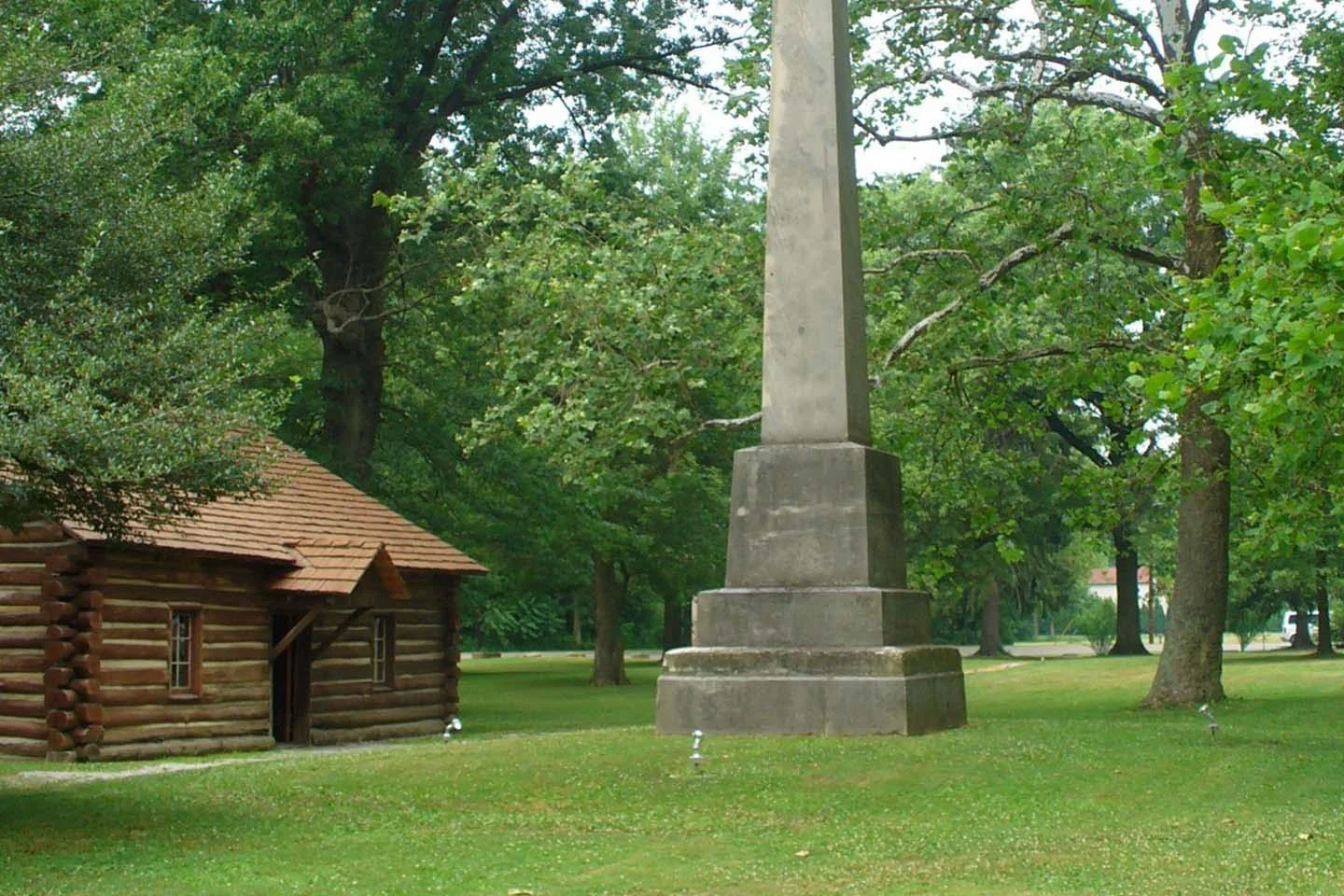The Fort Pitt Museum will host “Remembering Gnadenhutten: Missionaries, Massacre, and the Resilience of a First Nation Delaware Community,” a one-day conference this Saturday, March 11, from 1–5 p.m., that will explore the complicated and disquieting history of the Moravian Christian mission.
The Fort Pitt Museum, part of the Senator John Heinz History Center family of museums, will host “Remembering Gnadenhutten: Missionaries, Massacre, and the Resilience of a First Nation Delaware Community,” a one-day conference this Saturday, March 11, from 1–5 p.m., that will explore the complicated and disquieting history of the Moravian Christian mission.
During this public program, Fort Pitt Museum staff, independent historian Mark Turdo, and Theresa Johnson of the Delaware Nation at Moraviantown in Ontario will uncover the complex history of the Moravian mission town.
Attendees will examine the experience of Moravian Delaware converts in the 18th-century Ohio Country and explore the fascinating history of the Delaware Nation at Moraviantown, where descendants of this resilient First Nation community live today.
Founded by Moravian Christian missionaries in 1772, Gnadenhutten was one of several religious communities for Native converts established by this dynamic protestant sect in the 18th-century Ohio Country. For several years, the village existed peacefully, but its Moravian and Delaware (Lenape) residents were soon ensnared by the turmoil of the American Revolution.
Though they remained neutral in the conflict, residents of Gnadenhutten found themselves caught between American forces, hostile to all Indians, and the militant branch of their own tribe, which demanded resistance to American incursions in the region. Marginalized by both sides, the fate of the community was sealed on March 8-9, 1782, when militiamen from Western Pa., believing the Moravians harbored hostile forces, murdered nearly one hundred non-combatant Lenape men, women, and children in cold blood.
Presentations include:
Alan Gutchess, director, Fort Pitt Museum – “The Forgotten Survivors of Gnadenhutten
Mark A. Turdo, independent historian – “What Kind of People We Are Now: The Evolution of Convert Life in Eighteenth-Century Moravian Missions”
Theresa Johnson, Delaware Nation at Moraviantown – “The History of the Delaware Nation at Moraviantown”
Tickets to the event are $25 for regular admission and $20 for History Center members.
For more information and to purchase tickets, click here.
The Fort Pitt Museum, built in a recreated bastion of the British fort originally constructed in 1759, focuses on the critical role that Western Pennsylvania played during the French & Indian War, the American Revolution, and the founding of Pittsburgh. The Fort Pitt Museum is located in Point State Park in downtown Pittsburgh. The Senator John Heinz History Center, an affiliate of the Smithsonian Institution, operates the Fort Pitt Museum in partnership with the Pennsylvania Historical and Museum Commission (PHMC). For more information, please visit www.heinzhistorycenter.org.

